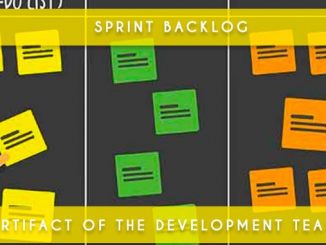
The DRY principle, an acronym for “Don’t Repeat Yourself,” is one of the fundamental principles in software development. Popularized by the book “The Pragmatic Programmer” by Andrew Hunt and David Thomas, it has become a cornerstone of agile development philosophy and software engineering.
Understanding the DRY Principle
The DRY principle is straightforward: it means avoiding duplicating the same code or logic in multiple places within your program. Instead, you should create abstractions or reusability to prevent this redundancy. Why is this important?
- Maintainability: When the same code is copy-pasted in multiple locations, any future changes to that code require modifications in several places. This increases the likelihood of errors and makes maintenance more challenging.
- Readability: Redundant code makes a program harder to read because developers have to navigate through multiple copies of the same code. This complicates the debugging and analysis process.
- Efficiency: By avoiding redundancy, you can reduce the amount of code and improve your application’s efficiency. Less code means fewer chances for errors and better performance.
How to Apply the DRY Principle
- Functions and Methods: Instead of copy-pasting code, encapsulate it within reusable functions or methods. This way, you can call that function from multiple places rather than duplicating the code.
# Example in Python
def calculate_sum(a, b):
return a + bresult1 = calculate_sum(5, 3)
result2 = calculate_sum(10, 7) - Libraries and Modules: If a function or logic is used throughout your project, consider placing it in a shared library or module.
- Templates: In web development, use templates to avoid duplicating HTML structure. Template engines like Jinja2 or Mustache allow you to generate dynamic content using a single template.
<!-- Example in HTML with Jinja2 -->
<h1>{{ title }}</h1>
<p>{{ content }}</p>
- Configuration: Store configuration settings in a centralized location instead of repeating them throughout the code.
- Reflection and Analysis: Regularly review your code for redundancy. Code analysis tools, such as linters, can help identify duplications.
Practical Example
Suppose you’re developing a website with various pages. Each of these pages has a header with the same content, including the logo, navigation menu, and social media links. If you don’t adhere to the DRY principle, you might copy and paste this header onto every page.
Instead, you can create a reusable header file (e.g., header.html) and include it on each page using include tags (like <include> tags in HTML or include directives in a template engine).
Conclusion
The DRY principle is a vital element of code quality and software development efficiency. By avoiding redundancy, you create more readable, maintainable, and efficient code. So, remember not to repeat yourself, and your code will greatly benefit from it.




Be the first to comment